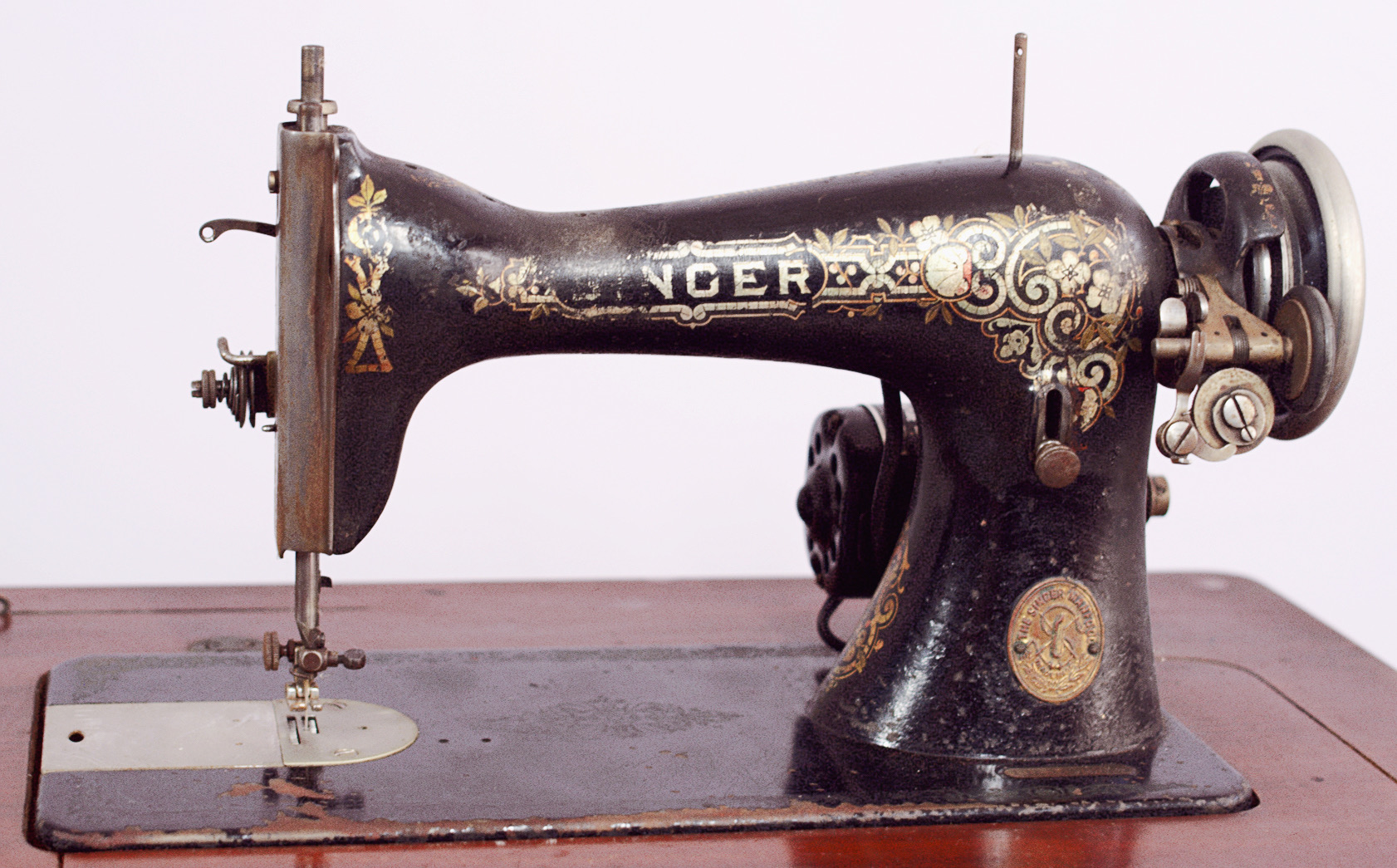Today’s newsletter is a bit of a detour from my usual content, to showcase a recent addition to my sewing room.

I’d been thinking about purchasing an antique Singer for a little while, but hadn’t been actively searching aside from the occasional estate sale. That’s why I was both surprised and thrilled when I happened upon this Singer 15 at a recent garage sale in my neighborhood.

As you can see, she needs a bit of love, but I’m very excited to try my hand at a little restoration.
After a quick serial number search and a bit of googling, I was able to discover quite a bit about my new machine. This is a Singer 15-30, manufactured in 1911 at the Singer Factory in Elizabethport, NJ. These models were exclusively treadle or hand-crank operated, therefore this one was likely converted to it’s present electric-operated status at a later date. I imagine it wasn’t much later, though, as the electric components appear to be quite dated, and made from what I’m fairly certain is Bakelite. Though there are no identifying markings on the components, a bit of research found similar designs that were sold by a company called Mercury Electric, which closed down in 1955. I’ll need to do a bit of sleuthing though to find out how much earlier than that these might have been manufactured…

The motor and light still operate, though the belt is missing, meaning I can’t currently run the machine using the motor. I’ve yet to decide whether I want to keep the electric motor or convert it back to it’s original state. I’d been hoping to find a treadle-operated machine, but if I decide to convert this one, I’ll need to find a treadle cabinet and pedal, which tend to be pricier as they’re relatively popular for home decor.
In the meantime, I’m planning to get to work doing on the restoration of both the machine and the cabinet. The cabinet needs a full refinishing, and the machine needs quite a bit of cleaning as well as new parts that have gone missing over the years. I’d love to get this beauty closer to the state it was in when it was new 112 years ago! I’ll be sure to update you all with the process as I go along.
Do you happen to own a vintage or antique sewing machine? I’d love to know. Let me know in the comments! And as always, thanks for reading!

